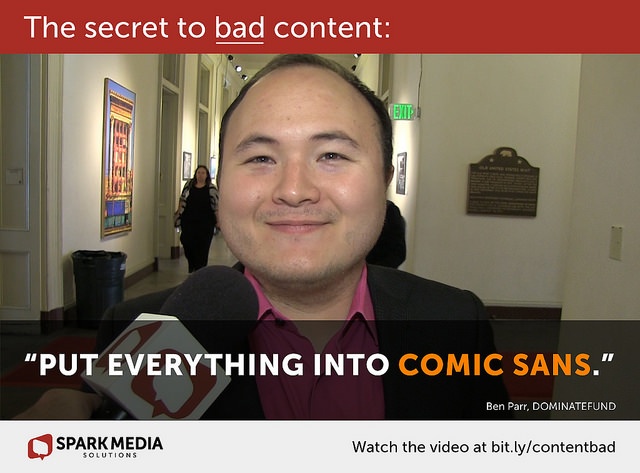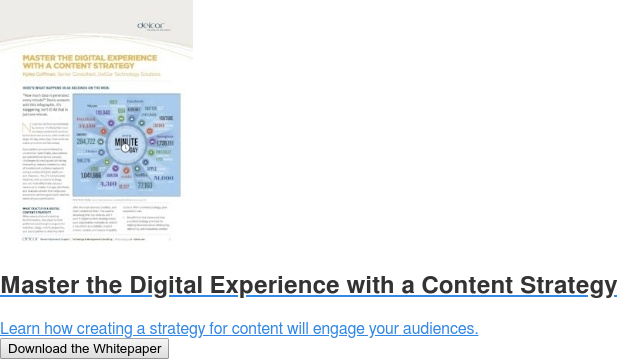
The term “content strategy” is a confusing term for many. Digital strategy, content strategy, content marketing, social strategy, mobile strategy – it’s a bubbling sea of terms! Which one is most important/relevant to your association right now?
Kristina Halvorson describes “content strategy” as below, and I tend to agree with her:
I define content strategy as planning for the creation, delivery, and governance of useful, usable content.
This definition is pretty simple and straight-forward. Why, then, all the confusion about this sea of related terms?
So much of our content lives on our websites, serves diverse audiences, is consumed on many different devices, and is delivered by a number of vehicles/channels (social, email, blogs, SEO). This makes our jobs as content strategists that much harder. With that in mind, here’s the answer to your burning question: “what do I need to create a good content strategy?!”
4 tips for creating your content strategy
- Understand the goals and objectives of your organization. Develop a purpose statement for your website and other digital properties that’s aligned with your organizational mission. Let this guide you as to what belongs (or doesn’t) on your website, blog, social channels, etc.
- Have a deep awareness of the audiences your content serves. Does your content have the appropriate voice for your audiences? What do your audiences value? What are they trying to achieve? (Kind of a throwback to Creative Writing 101, isn’t it?)
- Know what devices your audiences are using. This shouldn’t be a surprise—mobile browsing surpassed desktop browsing last year. Nowadays, your site absolutely must cater to your mobile users, with their mobile behaviors in mind. Designing with a mobile-first mindset using a responsive or adaptive framework is now a standard, best practice for web design—associations are not immune.
- Know when and where your audiences are consuming your content. This will help you determine the format and length of your content. For example, perhaps a scientific article can take the form of a blog post, video, or infographic if the target audience is a non-scientist. You can also use your own analytics to determine the best content delivery window (y’know, no 8am on Monday email blasts).
Sounds good, so what next? Do some research into how your content is performing now. In this endeavor, data—not opinions—is your best friend.
- What do your Google Analytics show? Where are visitors dropping off when they visit your site? Where are they staying longer on your site? What’s drawing them in, and from where? What content are they sharing?
- Do a gap analysis of your content. What content supports your mission and vision? Where is it distracting? Where could you use some more oomph?
Does your organization have a content strategy now? I’d love to hear how your organization’s content strategy is (or isn’t) working for you in comments below or by Tweeting me directly @kyleecoffman.
Looking for more information. Checkout our whitepaper, Master the Digital Experience with a Content Strategy.
Flickr photo by Spark Media Solutions

